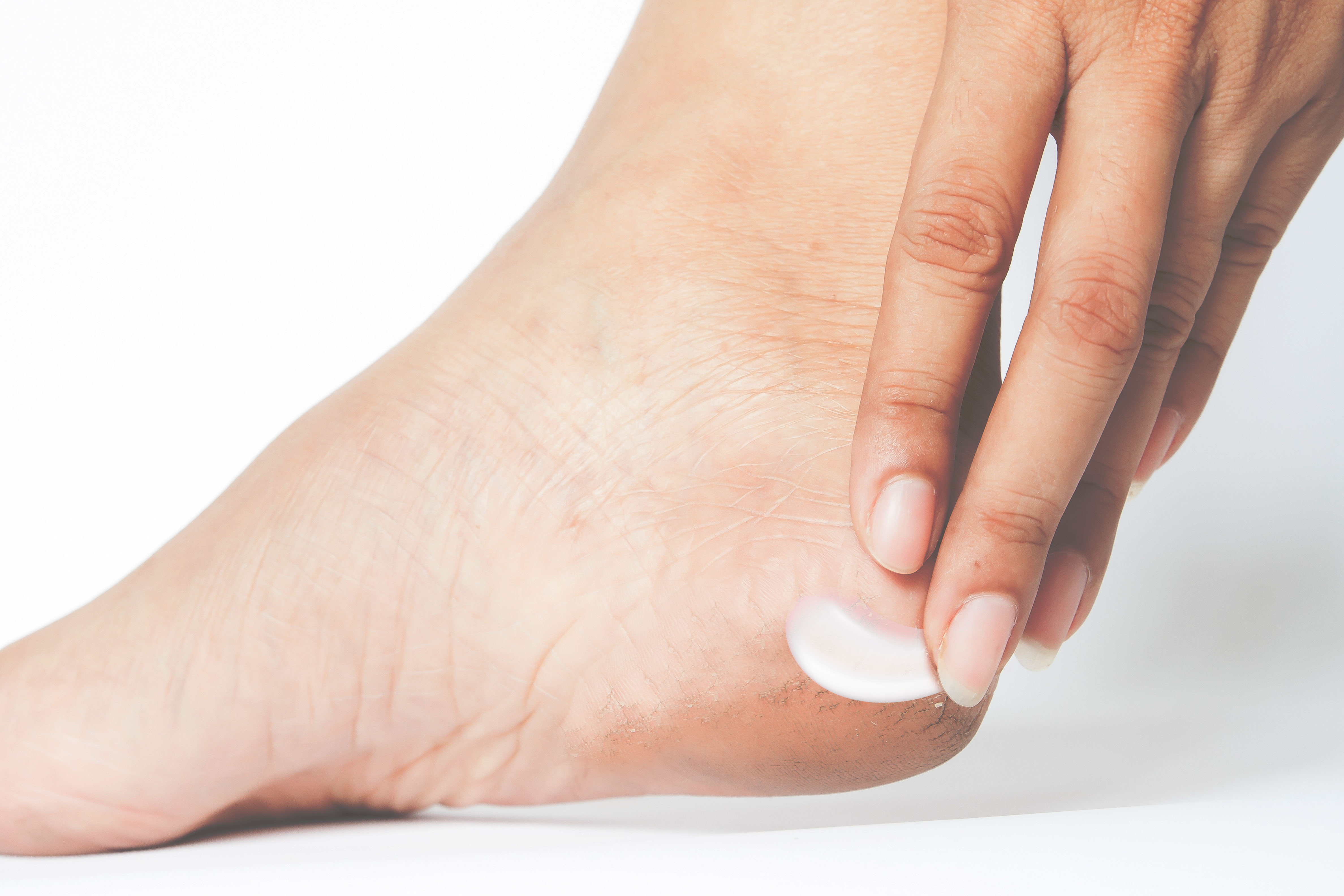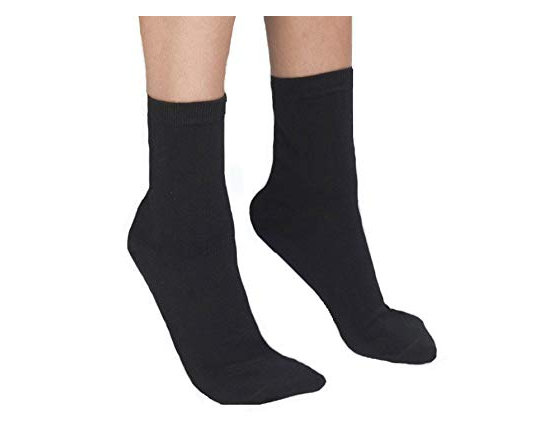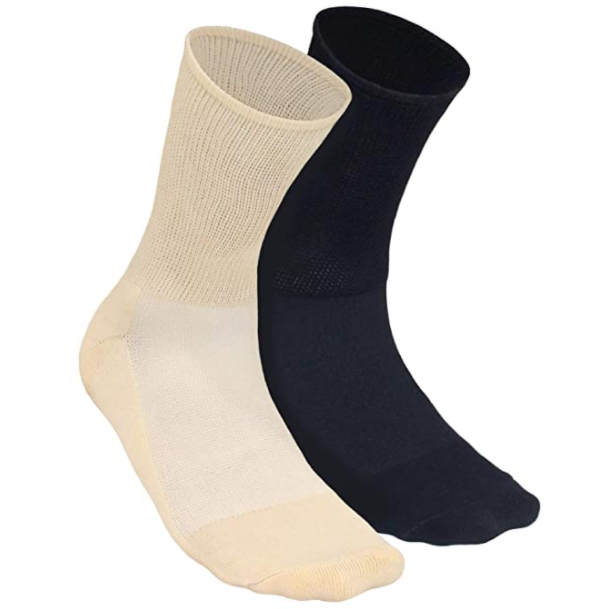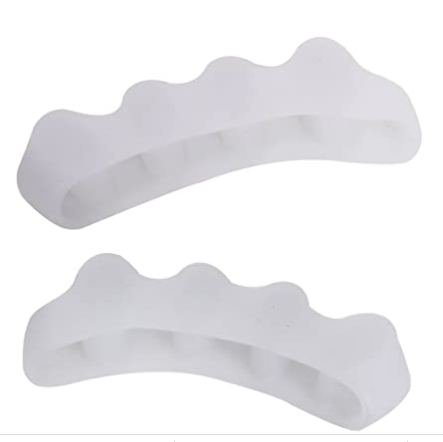Foot care products
Diabetes insole
Diabetics need to pay special attention to taking care of their feet since they are prone to injury, especially with patients suffering from neuropahty. The unique Diabetic insoles is a critical intervention that can be used in the prevention of foot condition among diabetic patients. By using the Diabetic insoles the risk of developing new foot conditions decreases.
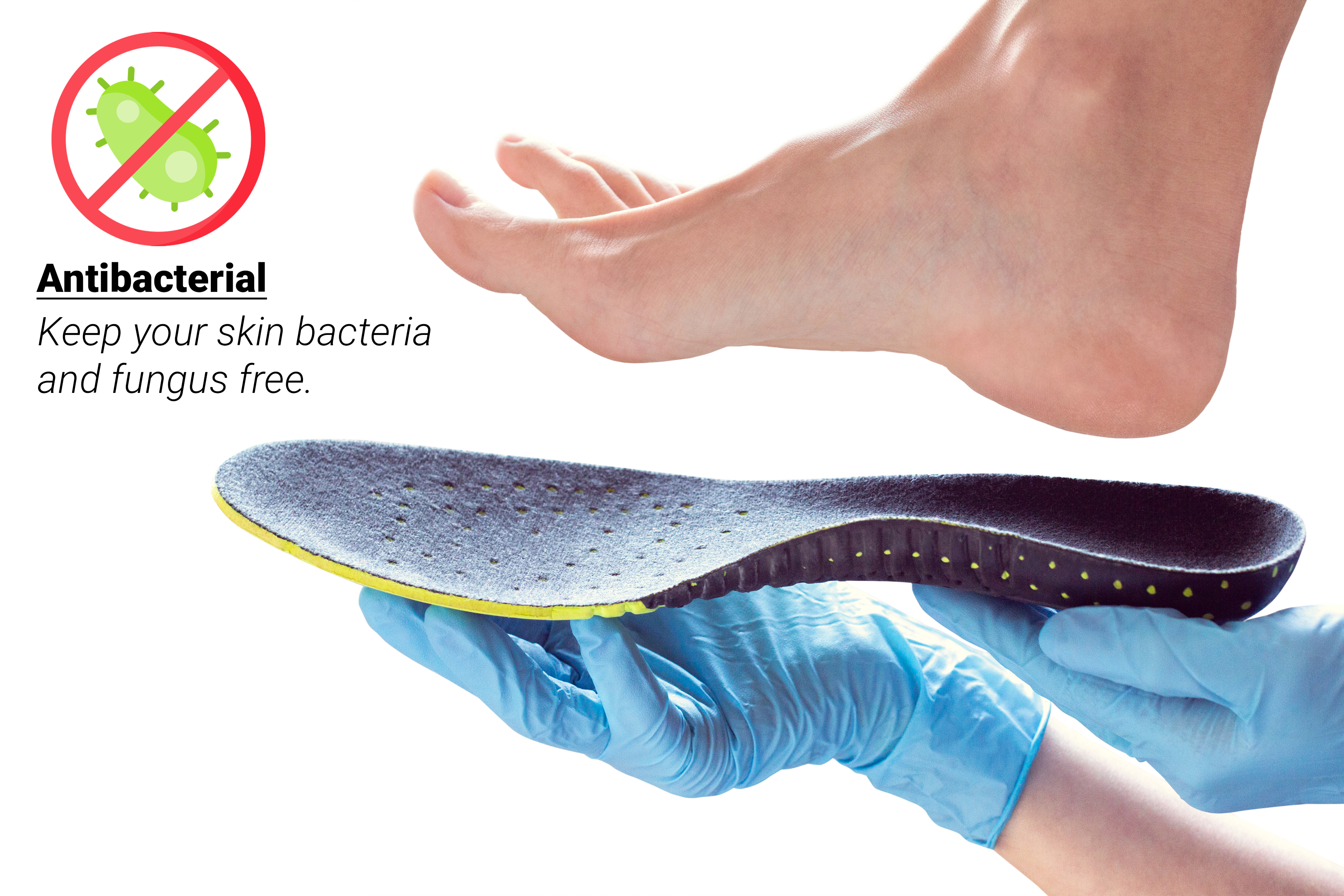

How it works:
Pressure relief: The special form and surface of the Diabtic Insoles helps to equally disperse the pressure on the foot, much more than without an insole, or even the barefoot. The danger of pressure points causing a Diabetic Foot Syndrome can be greatly reduced. A shockabsorbing padding in the heel reduces hard impact and improves comfort while walking and also helps support the knee, hips, and spine. Also, some diabetic insoles also offer offloading in areas where the pressure is more than normal.
Improved air flow: Some Diabetic Insoles works like a pump for the blood circulation of the foot. They help in better venouse circulation and as a result transfer of expended, venous (oxygen poor) blood is expedited. As a result, the arterial (oxygen rich) blood can flow quickly to replenish the foot with rich oxygenated blood. The direct benefit of blood flow/circulation increasing can be as high as 26%
Preventitive Steps against infection: Some Diabetic Insoles have antibacterial properties and help in maintainig bacteria and fungus free skin. For the diabetic foot, which is particularly susceptible to infection, this unique feature is particularly important
Arch Support Insoles
Arch supports are an essential part of the prevention and care of many foot conditions: ankle pain, back pain, bunions, chondromalasia, flat feet, heel pain, heel spur, knee pain, Morton’s neuroma, PFPS, plantar fasciitis, pronation, runner’s knee and sole of foot pain. Also useful in mild diabetics.
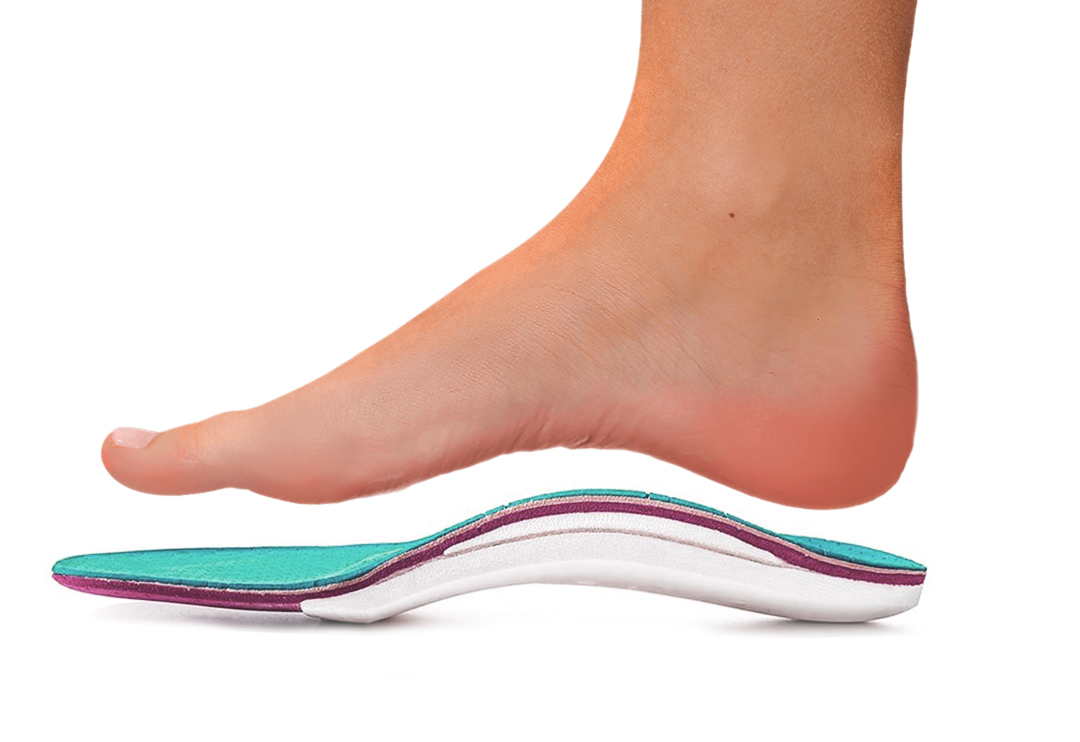
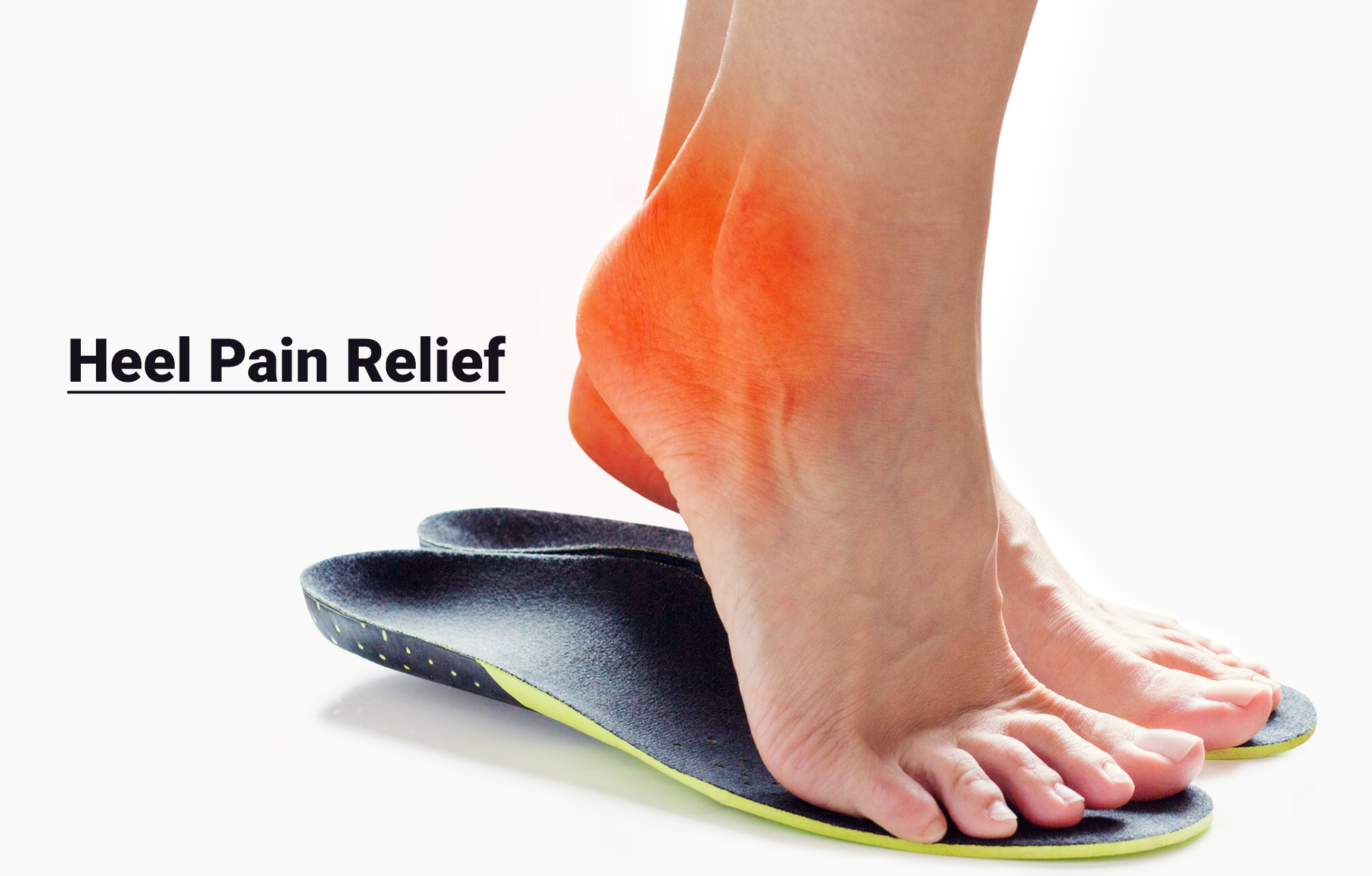
Arch support prevent in collapsing of arches and help diabetics to maintian normal walking gait. This is particularly important since gait abnormalities in diabetics can result in blisters and sores which can get painful and infected. This precaution is most useful in early diabetics who don’t have any foot ulcers or other diabetic foot complications. Also, diabetics who experience foot pain give up on walking, which is the main exercise necessary in regulating blood glucose levels.
Heel Cushions & Supports
Heel cushions and supports are placed inside the shoes under the heel to both lift it and to change its position to a more suitable one. They are used for instance in the care of the following conditions: achilles tendonitis, back pain, heel pain, heel spur, plantar fasciitis and sole of foot pain.
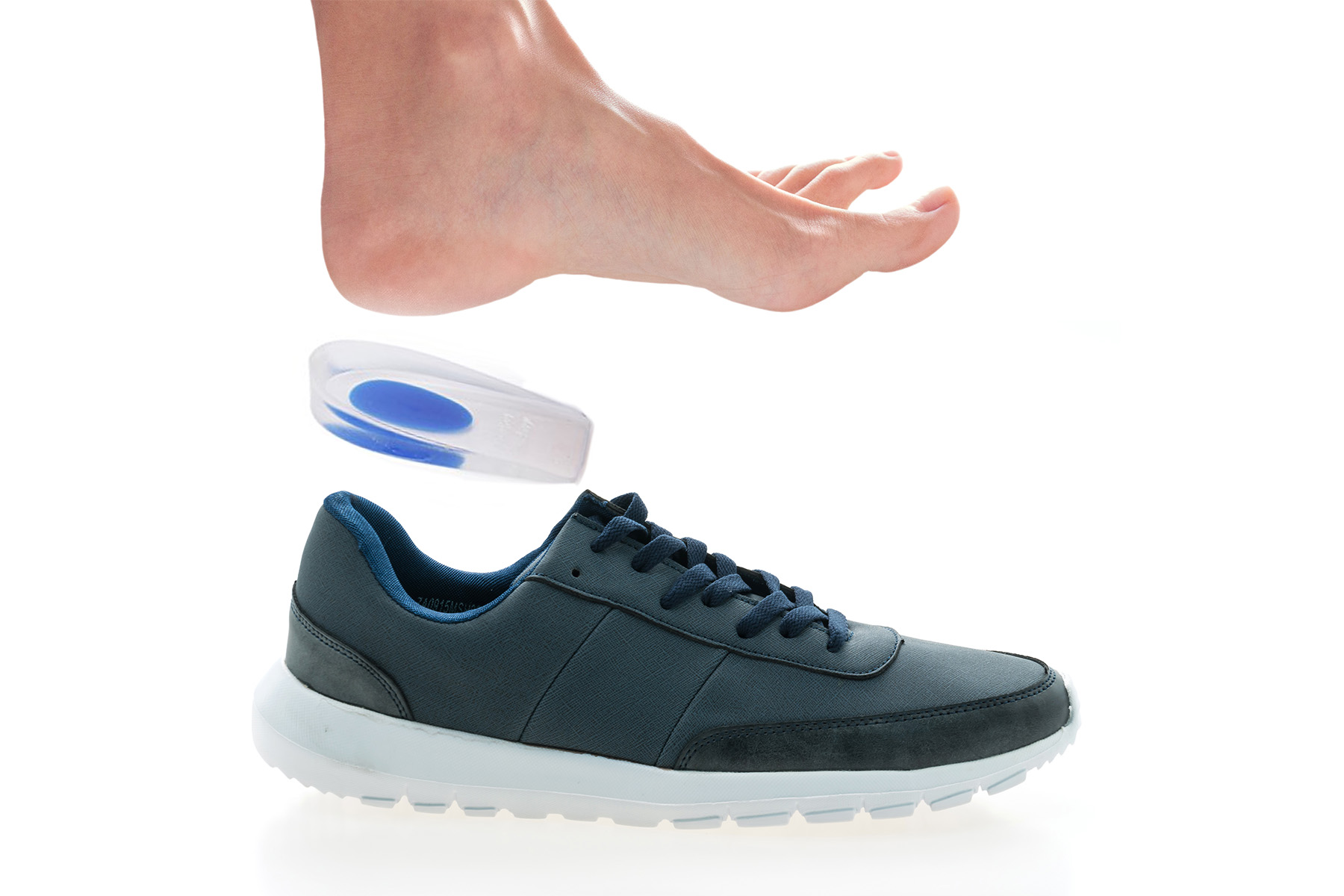
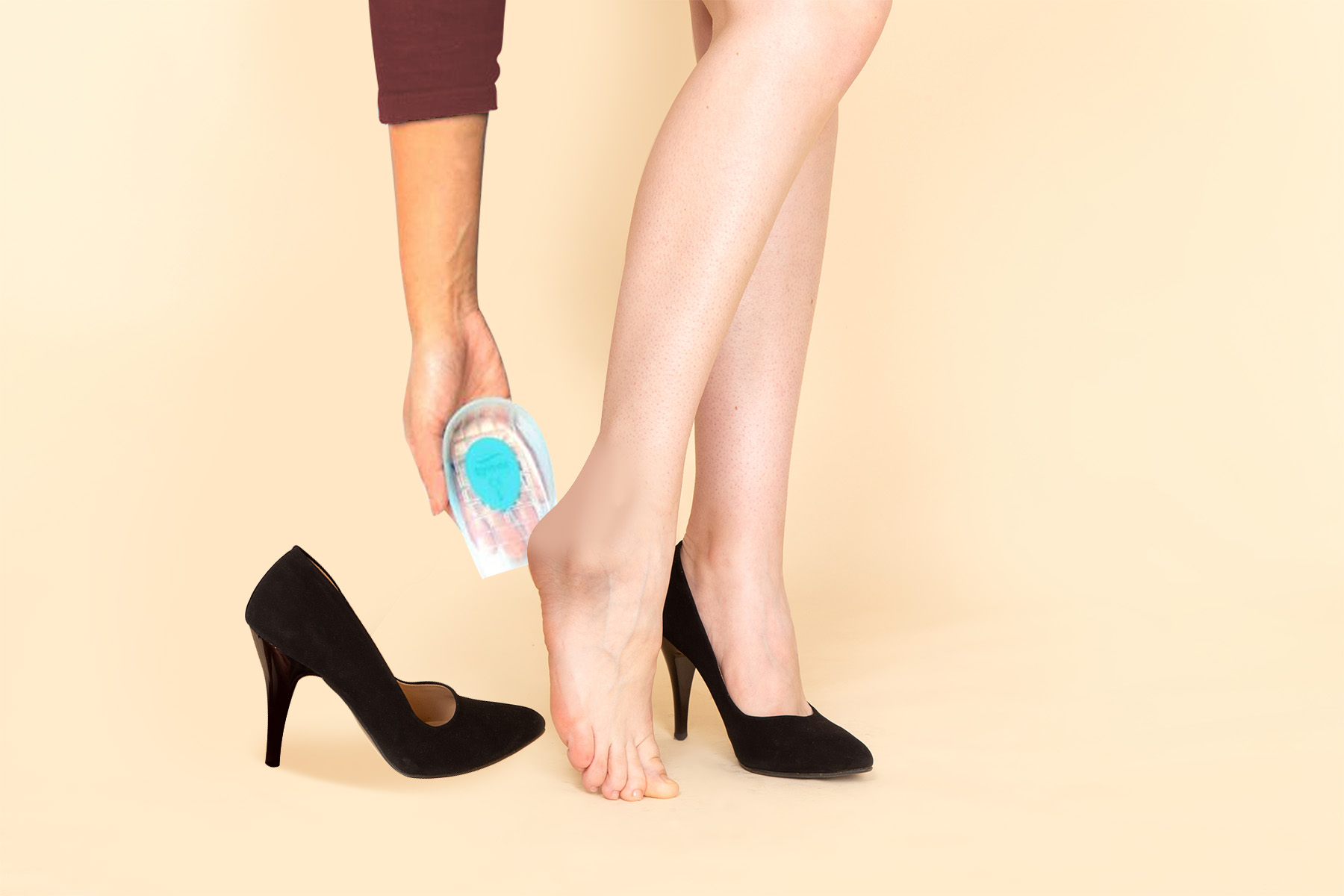
Heel pain and discomfort can result in changes in the walking gait. This is particularly important since gait abnormalities in diabetics can result in blisters and sores which can get painful and infected. This precaution is most useful in early diabetics who don’t have any foot ulcers or other diabetic foot complications. Also, diabetics who experience foot pain give up on walking, which is the main exercise necessary in regulating blood glucose levels.
Antibacterial Socks
Antibacterial socks use materials that eliminate bacteria from which bad odours originate. They are used e.g. for relieving the symptoms of the following conditions: diabetes, sweaty feet, smelly feet.
For the diabetic foot, which is particularly susceptible to infection, this unique feature is particularly important

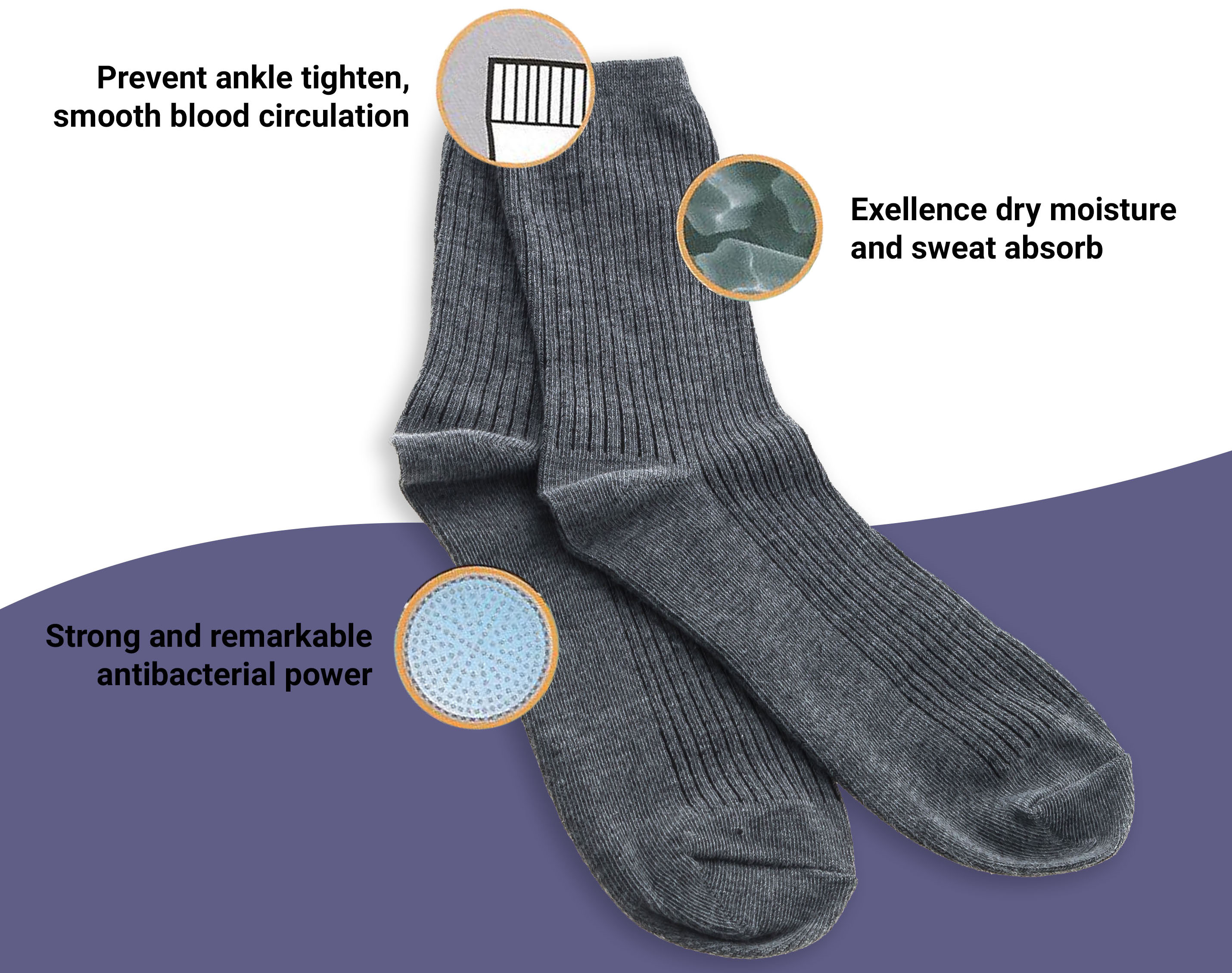
Diabetic Socks
Diabetic socks are cushioned for feet that need extra attention. They are used for instance in the care of the following conditions: arthritis, diabetes. Antibacterial products
For the diabetic foot, which is particularly susceptible to infection, this unique feature is particularly important
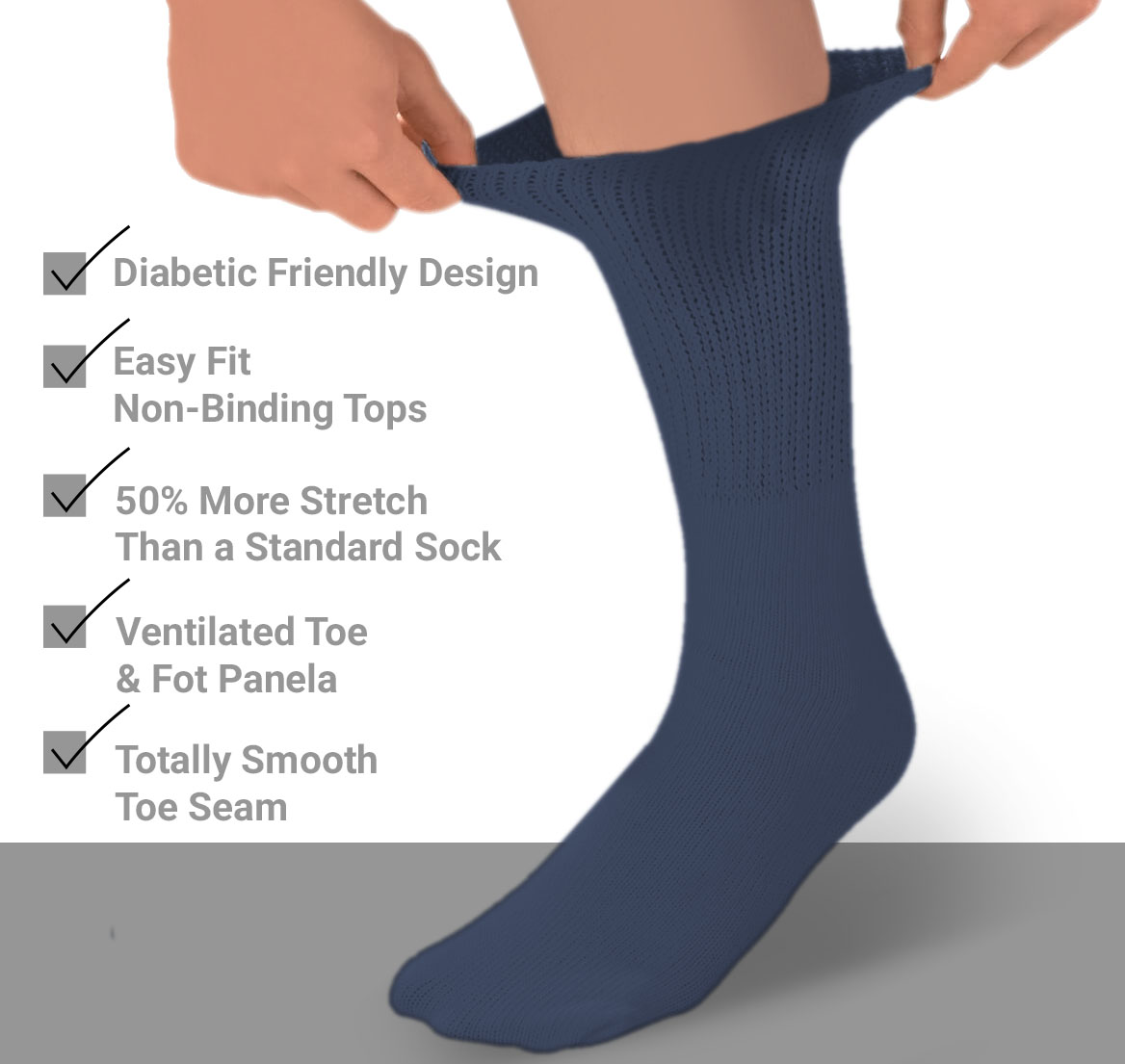
Anti Bacterial Cushions
Antibacterial Foot Care Products are specially formulated with a tested and proven antimicrobial ingredient that kills up to 99.9% of bacteria and fungus. Additionally, the antimicrobial ingredient has built in odor protection. They are used for instance in the care of the following conditions: bunions and hammer toes.
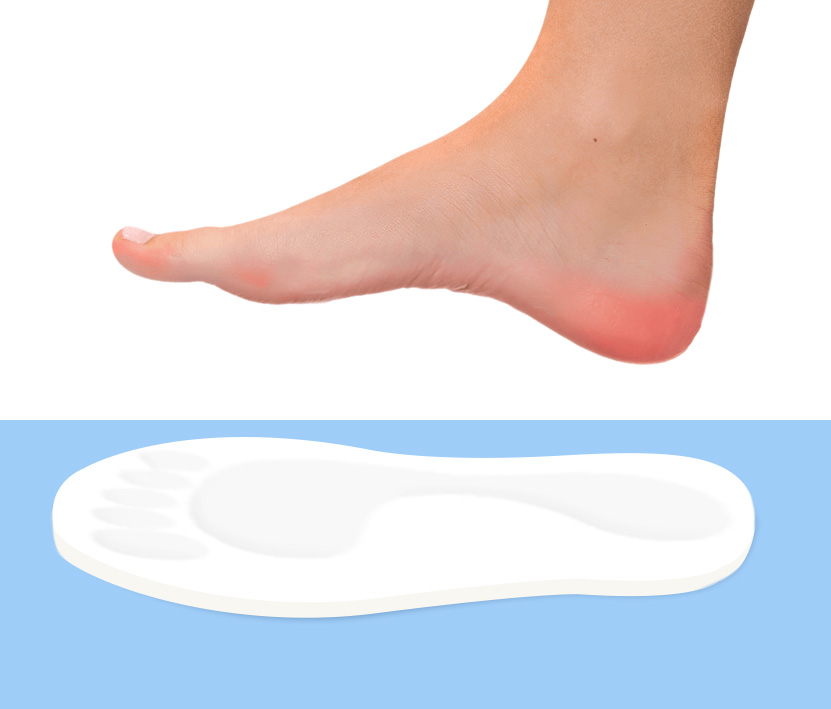
Callus & Corn Care
Products that help with pain and discomfort caused by calluses and corns. These include sleeves, caps, pads and sponges to look after your affected skin, particularly around the toes.
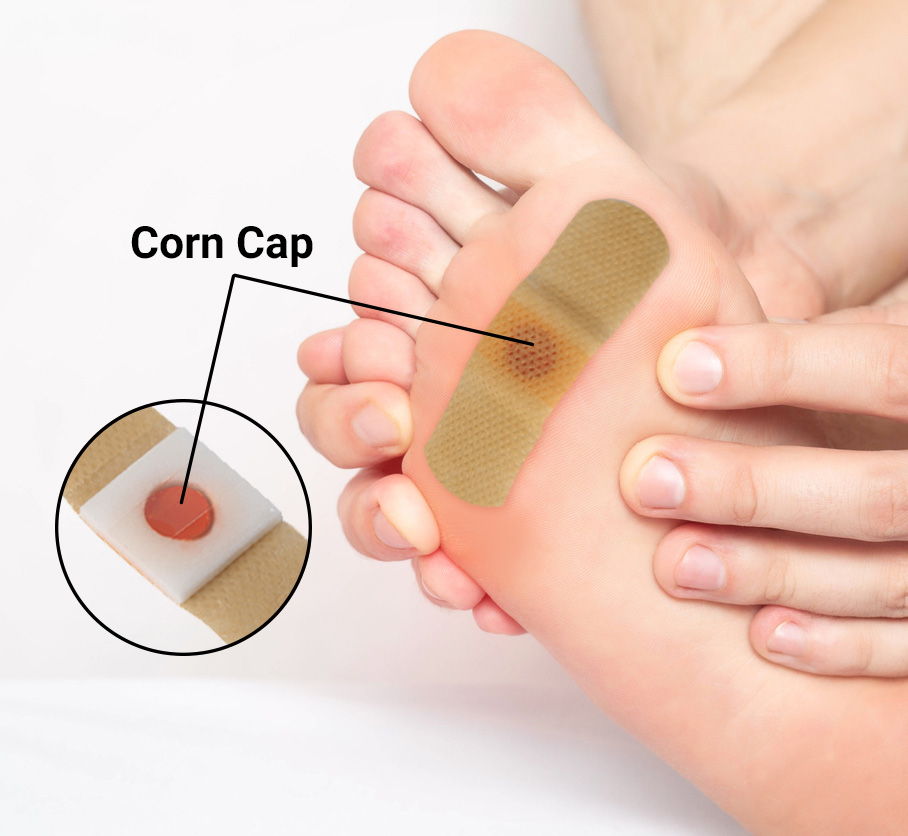
Toe Separators
Toe separators and spreaders and placed between the toes. They are used for instance in the care of the following conditions: bunions and hammer toes. They are often made with anti infective coatings.
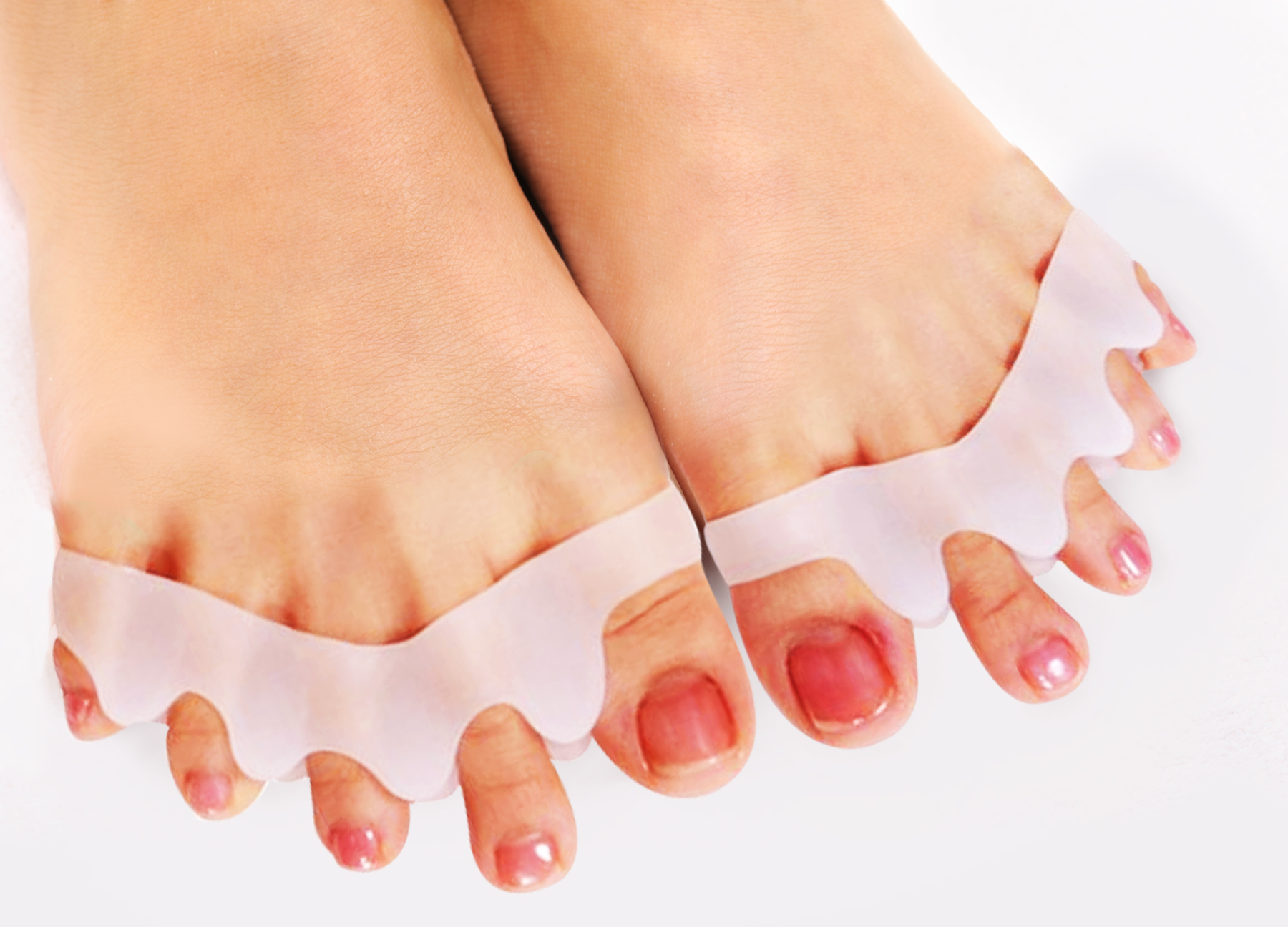
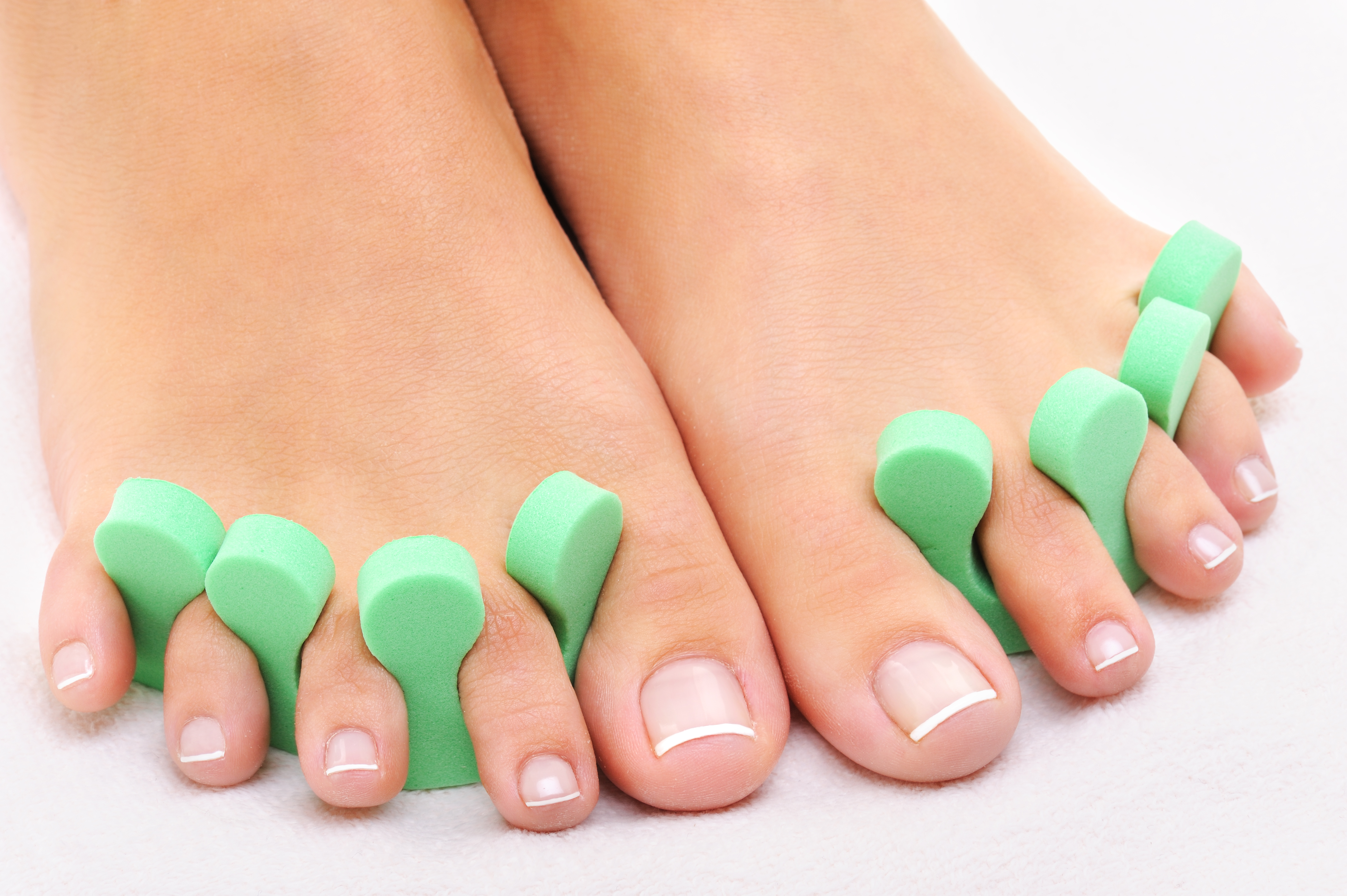
Foot Bath
Foot bath products pamper your tired feet and are used for instance in the care of the following conditions: aching feet, callus and corns, dry feet. Diabetics must examine foot for any open wounds and not dip your feet in water in case there are any open wounds or blisters. After bathing your feet, make sure that the feet and all gaps in between the toes are kept dry
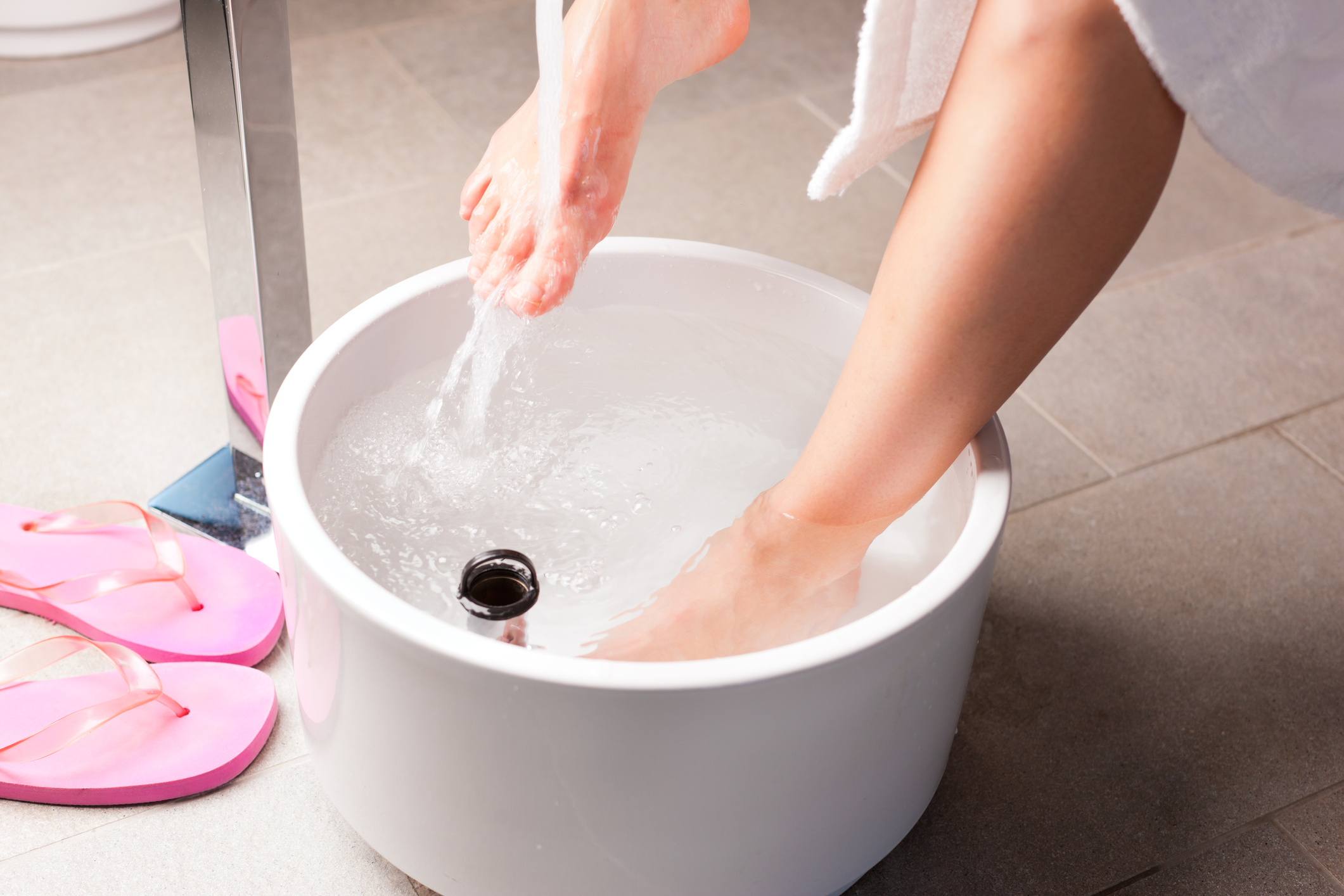
Diabetic Lotion
A diabetic patient’s skin needs moisture. Diabetic lotions are designed for especially diabetics in mind. Ordinary lotions can actually exacerbate/worsen your already existing wound, lesion or blister resulting in higher risk of infection. Diabetic lotions often contain silver compounds as anti infective agents.
